With the recent COP26 Global Climate Change Conference in Glasgow, Scotland, all the world's countries are talking carbon emissions amidst a certain amount of finger-pointing. In the closing minutes as the sustainable world watched the much applauded COP26 conference and a host of private jets were revving up their engines on the tarmac at Glasgow International Airport to return the attending delegates to their expansive VIP lives, the conference was extended a day because of some 'unforseen procrastination'.
At last, the final draft was adopted on Saturday of an outcome document that, according to the UN Secretary-General, “reflects the interests, the contradictions, and the state of political will in the world today”. Or in other words:
How COP26 turned into a cop-out
The image that will remain in my mind, is that of a distinguished and grown man, COP26 President Alok Sharma, struggling to hold back his tears following the announcement of a last-minute change to the pact by China and India. These changes softening the language circulated in an earlier draft about “the phase-out of unabated coal power and of inefficient subsidies for fossil fuels”. As adopted on Saturday, that language was revised to 'phase down' coal use. Not exactly a resounding victory for environmentalists or for reducing carbon emissions. I mean seriously - using 'reduce' would have used less ink.
Mr. Sharma apologized for “the way the process has unfolded” and added that he understood some delegations would be “deeply disappointed” that the stronger language had not made it into the final agreement.
Duly noted in the wide-ranging set of decisions, resolutions and statements that make up the outcome of COP26, it says that governments were, among other things, asked to provide tighter deadlines for updating their plans to reduce emissions. In other words, 'all fine ideas that we're ruminating about and proposing drafting up, but we need to hurry up and actually DO SOMETHING!'
Financing carbon reductions for developing nations
On the thorny question of financing from developed countries in support of climate action in developing countries, the text emphasizes the need to mobilize climate finance “from all sources to reach the level needed to achieve the goals of the Paris Agreement, including significantly increasing support for developing country parties, beyond $100 billion per year”.
Reading between the lines, my takeaway is this - 'We the rich countries are going to make a certain level of the right noises, but we aren't prepared to put our hands in our pockets to help the poorer nations do better than we did transitioning away from cheap fossil fuels.' So, 'erm, that's not going to happen then?

Did our politicians do us proud and save our planet then?
“It is an important step, but is not enough. We must accelerate climate action to keep alive the goal of limiting global temperature rise to 1.5 degrees”, said António Guterres in a video statement released at the close of the two-week meeting.
The UN chief added:
"It is time to go into emergency mode”
Ending fossil fuel subsidies, phasing out coal, putting a price on carbon, protecting vulnerable communities, and delivering the $100 billion climate finance commitment.
“We did not achieve these goals at this conference. But we have some building blocks for progress,” said Guterres.
That's like trying to sound upbeat about your new house when they've only just delivered a couple of pallets of wood but no nails and your checking account is firmly in the red...
A message to the children inheriting these decisions - direct from the UN
Guterres, the UN chief, also had a message to young people, indigenous communities, women leaders, and all those leading the charge on climate action:
“I know you are disappointed. But the path of progress is not always a straight line. Sometimes there are detours. Sometimes there are ditches. But I know we can get there. We are in the fight of our lives, and this fight must be won. Never give up. Never retreat. Keep pushing forward”.
Ok then - challenge accepted!
So for clarity - why should North America do better on our CO2 emissions?
Many regular citizens in the US and Canada have a view about the environment that is in some way influenced by the ever present mass media. In an enlightening telephone conversation with one of our readers last week, I realized that much of the western media here reports a very selective version of events, and sides with the working man by deriding many of the efforts of environmentalists to wake everyone up to the general idea that we are adversly effecting both climate and biodiversity - and that if we don't stop, they will probably regret not having the ticket price to give to their kids for one of Elon's pioneer trips to Mars!
"I'm pretty certain Canada is carbon neutral or negative because we have lots of trees and our main industry is forestry" our caller declared assertively. "I don't see why I should have to pay more for a heatpump instead of a gas furnace when Canada isn't the problem" he continued.
I gently informed him that a condensing gas furnace could end up actually being a very costly mistake if it were to look forward as little as say, 3 years. By then there's a very strong possibility that a mandate will have been passed by federal government in Canada banning gas furnace repairs or replacement, much as they have with oil-fired furnaces in Quebec. Grumbling gently, he promised he would look into heat pump installers and get some quotes if he could find anyone in deepest Spuzzum, British Columbia to do such a thing. Bearing in mind, that Spuzzum's unofficial tagline is "Beyond Hope", I wished him the best of luck and decided to research this article...
The truth behind CO2 emissions in North America
First off - I found some jolly nice infographics and information from the kind folks at Visual Capitalist (link below) that I decided to share - which show the total carbon emissions worldwide split down by country as of 2017 (and it hasn't changed a whole lot since - see below). As they put it:
"Two degrees Celsius may not seem like much, but on our planet, it could be the difference between thriving life and a disastrous climate."
They go on to point out that "over two centuries of burning fossil fuels have added up, and global decision-makers and business leaders are focusing in on carbon emissions as a key issue", and "in terms of absolute emissions, the heavy hitters are immediately obvious. Large economies such as China, the United States, and India alone account for almost half the world’s emissions. Zoom out a little further, and it’s even clearer that just a handful of countries are responsible for the majority of emissions".
The Infographic is below:
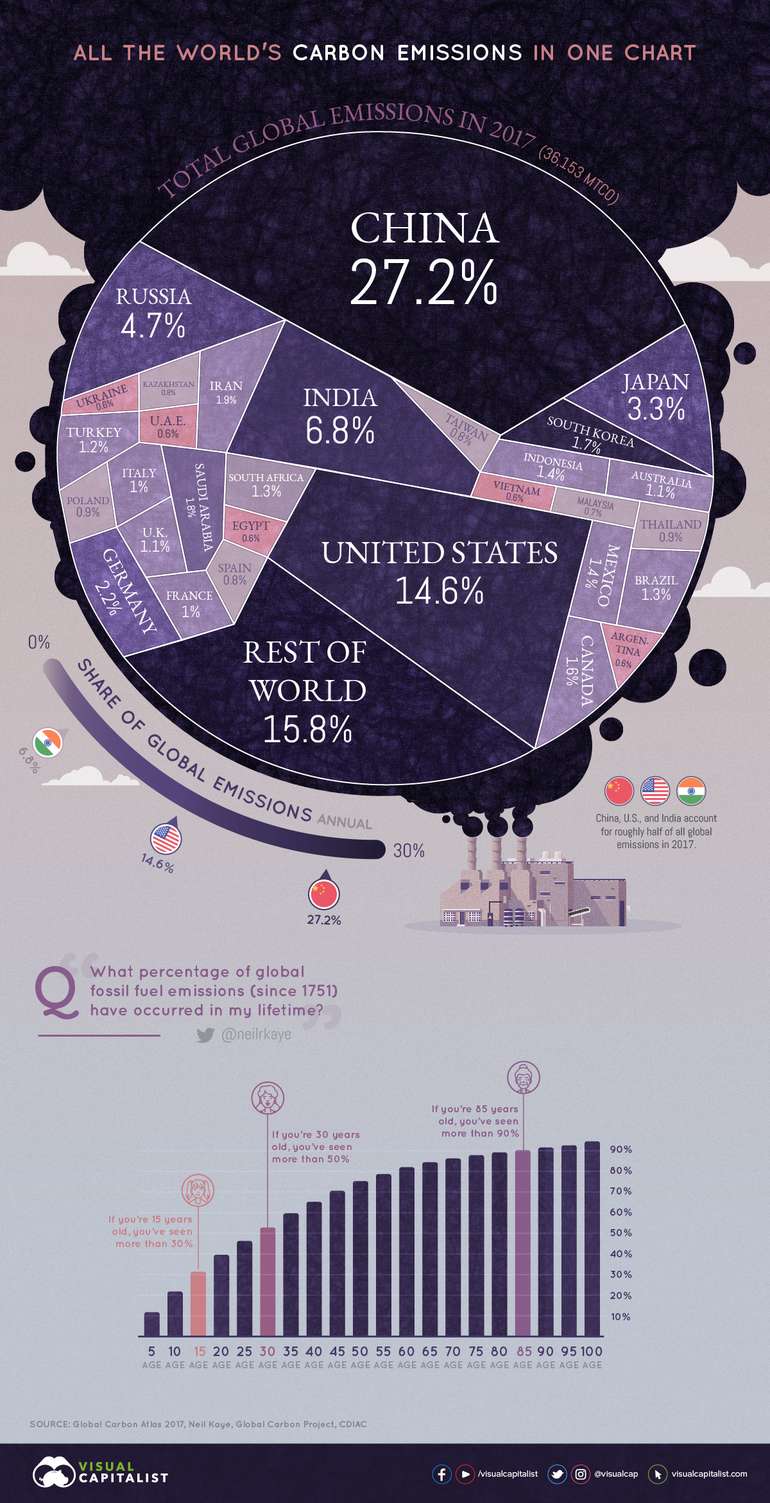
CO2 emissions in North America per capita
Of course absolute emissions don’t tell the full story. The problem is that the world is home to over 7.5 billion people, but they aren’t distributed evenly across the globe. How do these carbon emissions shake out on a per capita basis by country then? In a report a few days ago (December 2021), and with another very satisfying visual graphic from Visual Capitalist, the scale of the North American problem appears:
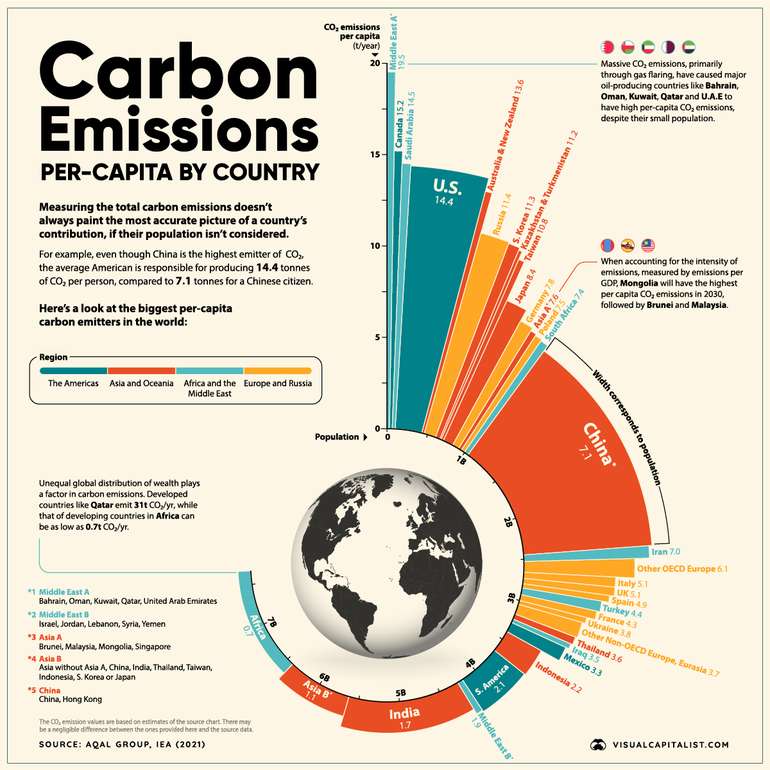
Per capita CO2 or carbon emissions by country per inhabitant
Developing countries like China, India and Russia are some of the highest producers of CO2 worldwide and will be so for a while. That's because they are stoking up their economies just like we - the developed and rich nations - did back in the day. But the situation is far from straightforward, and looking at CO2 emissions per capita can add balance to the overall story, and can explain to the indignant people from all over North America why it is so important that we lead the way in carbon reduction.
Based on data presented by the Aqal Group and the IEA (International Energy Agency) we can visualize above the countries and regions with the highest per capita carbon emissions from around the world. Looking in detail at the highest per capita carbon emitters, let's see how they are trying to reduce their carbon contributions.
Who are the highest per capita CO2 carbon emitters?
Oil-producing countries in the Middle East are the highest emitters of CO2 on a per capita basis, but developed countries like the U.S., Australia, New Zealand, and Canada also have some of the higher rates of per capita emissions. So Canada and the US, this is really no time for complacency.
Canada and the United States have per capita carbon footprints of 15.2 and 14.4 tonnes per year, respectively.
At the same time, our antipodean Anglophones in the southern hemisphere, Australia and New Zealand, combine for an average per capita footprint of over 13.6 tonnes per year.
"Most importantly, it’s worth noting that all of these numbers are more than three times higher than the global average, which in 2019 was 4.4 tonnes per person."
We looked further and discovered that while 'wealth' and 'per capita' CO2 emissions are often said to go together and that we’d expect countries with higher living standards to have a higher carbon footprint, the data above shows significant differences in per capita emissions between developed countries with broadly similar living standards.
Many countries across Europe, for example, have much lower emissions than the U.S., Canada, or Australia.
| Rank | Country | Per Capita use of Electricity kWh | % Electricity production from Fossil Fuels |
|---|---|---|---|
| 1 | Finland | 12 174 | 15.6% |
| 2 | Denmark | 5 015 | 21.8% |
| 3 | Norway | 26 492 | 1.2% |
| 4 | Belgium | 7 414 | 34.6% |
| 5 | Sweden | 16 478 | 2.2% |
| 6 | Swizerland | 7 935 | 1% |
| 7 | Netherlands | 7 264 | 71.5% |
| 8 | France | 8 097 | 9.5% |
| 9 | Germany | 6 771 | 43.8% |
| 10 | Japan | 7 446 | 69.1% |
G20 Countries and their carbon emissions
This bias towards fossil fuels for producing electricity is matched across the rest of the G20 countries. According to the Climate Transparency Report, CO2 emissions will rise by 4% across the G20 group this year, dropping 6% in 2020 due to "unforseen circumstances". Unhuh.
This rise is mainly due to the increase in coal consumption across these countries. Coal consumption is projected to rise by almost 5% in 2021, with this growth driven by China (accounting for 61% of the growth), the U.S. (18%), and India (17%) - and hence why China and India had a last minute about-face regarding their coal use at COP26 I reckon.
In fact, coal use in China has surged, with the country experiencing increased demand for energy as the global economy has started to recover and supply chains open up again. Coal prices at the time of writing (Dec 2021) are up nearly 200% from a year ago. We, the rich western world, just can't get enough Chinese-manufactured TV's and electric bikes apparently!
The current coal power capacity of each G20 country is shown below:
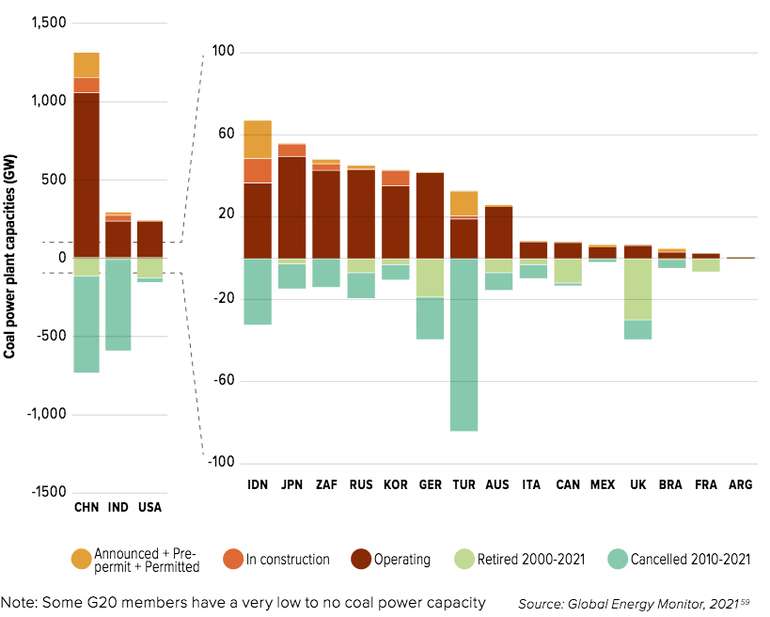
So what did COP26 in Glasgow even achieve?
The U.N. Climate Change Conference (COP26) in Glasgow saw several pledges and announcements being made by a number of the principle countries present. Here are some of the 'highlights':
- The world’s biggest overall CO2 emitters, the U.S. and China, did pledge to cooperate more over the next decade in areas including methane emissions (even worse for climate warming than CO2) and the switch to clean energy.
- Leaders from more than 100 countries - accounting for about 85% of the world’s forests - promise to stop deforestation by 2030 (Although a detailed look is needed to ascertain what this actually means).
- More than 100 countries agreed on a plan to cut 30% of methane emissions by 2030.
- Financial organizations have agreed to back renewable energy and direct finance away from fossil fuel-burning industries (again, to be seen in action to assess the impact).
What can we do to help reduce carbon emmissions?
Does taking decisive action mean changing the way we live? Well, yes, that's pretty much the point. And let's face it (brace yourself for a sweeping generalization) - speaking from my personal experience in the construction industry in North America, resisting change is what the blue-collar workers of the world do best. The press here constantly whip up storms to motivate them against change, against climate action, on the grounds that it's going to hurt them... except, is it really?
Here at Ecohome, we've been saying (then proving and demonstrating by example) that it's perfectly possible with a dose of ingenuity, innovation and better construction choices to build near zero energy homes on a budget. And that doesn't have to mean spending our way out of the climate problem or by strapping gigawatts of solar panels on an energy-sapping behemoth of a home.
And that folks, is really the crux of the matter. The construction industry in North America has to clean it's act up, and the quickest way we as individuals can prompt this change is to create the market for better built homes. If we do, the industry will surely follow.
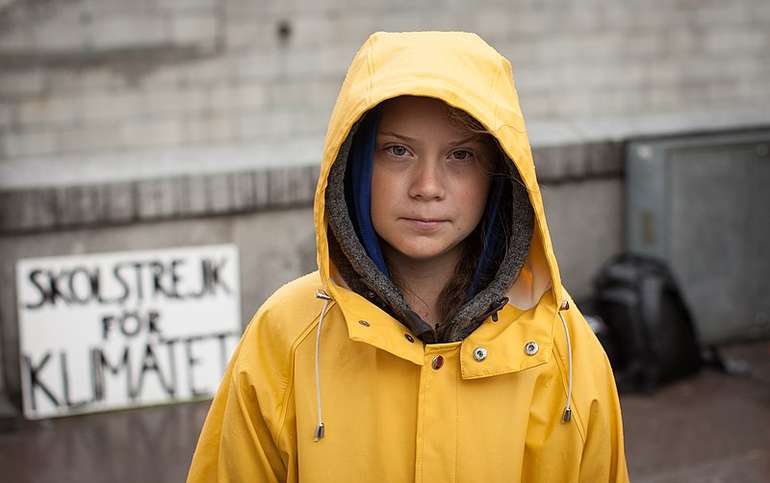
A reaction from Greta Thunberg to COP26
Regardless of politics, or any press or political leader-induced opinions of the enthusiastic and outspoken Ms Thunberg, it's impossible to ignore that this is someone who sincerely speaks her mind. She said recently:
"It is not a secret that COP26 is a failure. It should be obvious that we cannot solve a crisis with the same methods that got us into it in the first place." She continued, "We need immediate drastic annual emission cuts unlike anything the world has ever seen."
"The people in power can continue to live in their bubble filled with their fantasies, like eternal growth on a finite planet and technological solutions that will suddenly appear seemingly out of nowhere and will erase all of these crises just like that."
"All this while the world is literally burning, on fire, and while the people living on the front lines are still bearing the brunt of the climate crisis." Greta also described the UN climate summit as a "two-week long celebration of business as usual and blah, blah, blah" to "maintain business as usual" and to "create loopholes to benefit themselves".
Ms Thunberg then added:
"We know that our emperors are naked."

World carbon emissions and COP26 - conclusion
Would anyone really argue that Greta may have a point? I tend to think it would cost the developed nations less to pay developing nations NOT to follow in our 'didn't know any better at the time' footsteps regarding excessive carbon emissions from cheap fossil fuel driving their development and growth.
In 2021 in the Pacific Northwest, having lived through:
- Drought
- Wildfires and smoke pollution
- Hottest summer on record (over 110° fahrenheit for a week)
- Pandemic
- Flooding and state of emergency
- Snow in November
- Locusts (not yet, but hey there's time still)
I don't reckon we can say we can't afford to finance the $100 billion needed to stop developing nations pushing us towards the abyss faster than Thelma and Louise accelerating over the cliff in that convertible Thunderbird... I'm more inclined to say that we can't afford not to. I guess only time will tell if we should have paid more attention to those getting their knickers in a twist about the climate emergency.
In the meantime, I'm going to keep on voting with my hard earned dollars and spending absolutely the minimum on well-chosen essentials and lightly used bargains. I invite you to join me in my quiet stand for what's right.
Considered comments and debate always welcome in the discussions below...
Now that you know more about carbon emissions per capita worldwide, find more pages about sustainable and resilient green building techniques here :
Find more about green home construction in the EcoHome Green Building Guide pages or to learn more about the benefits of a free Ecohome Network Membership, see here. Credit to Visual Capitalist for the graphics and some of the supporting facts and figures. |
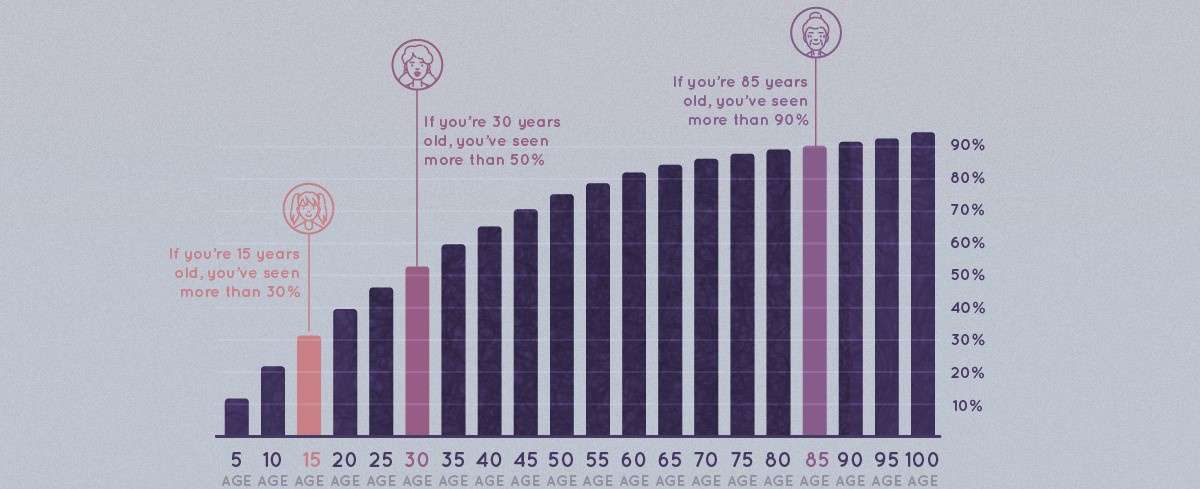
















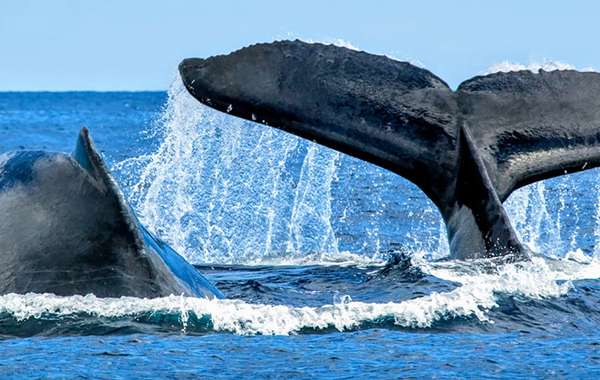

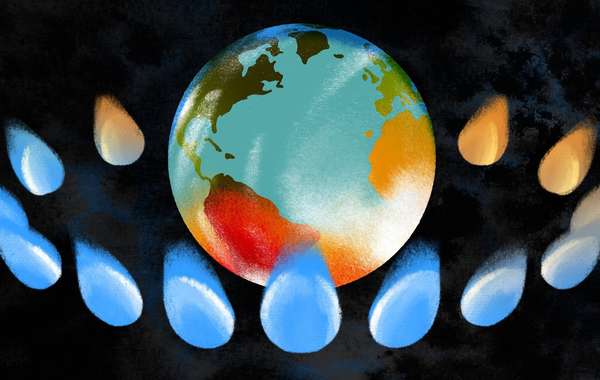







Comments (0)
Sign Up to Comment